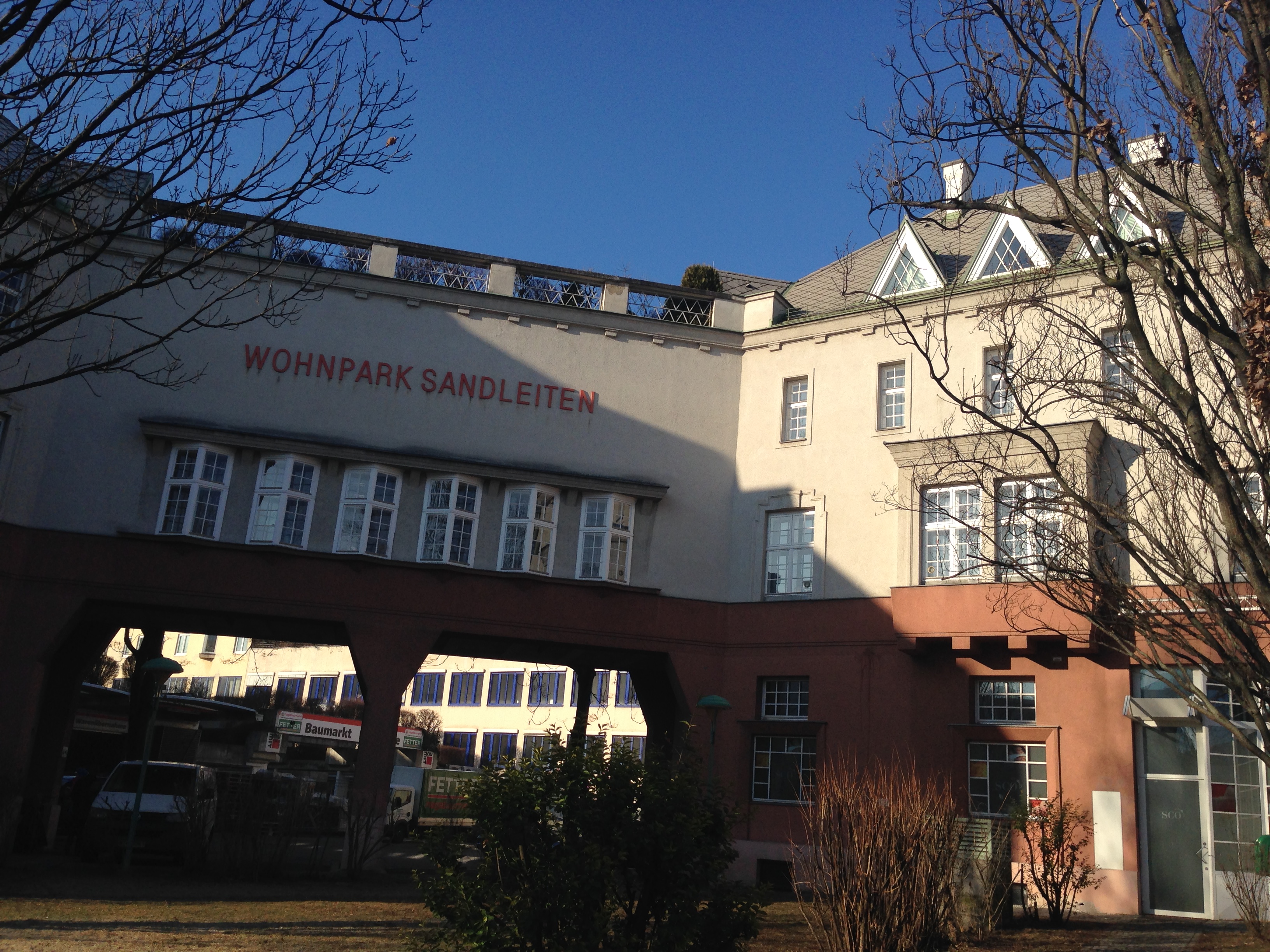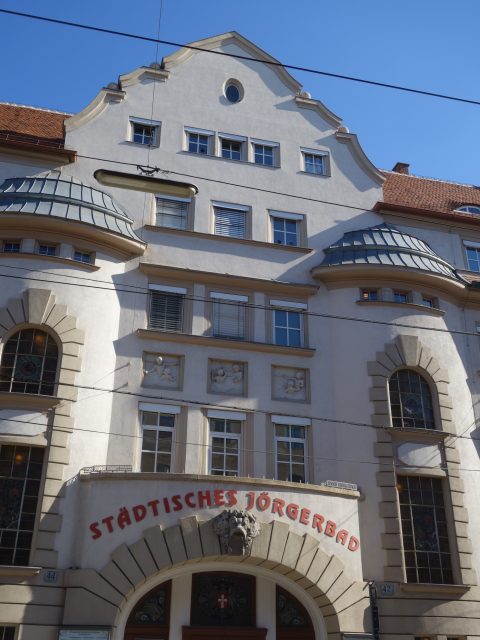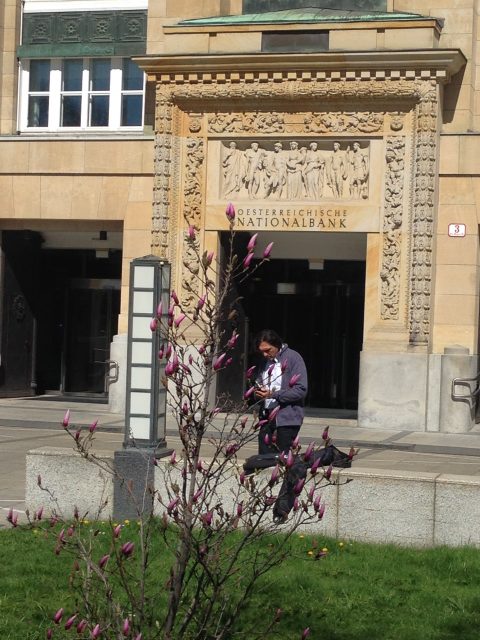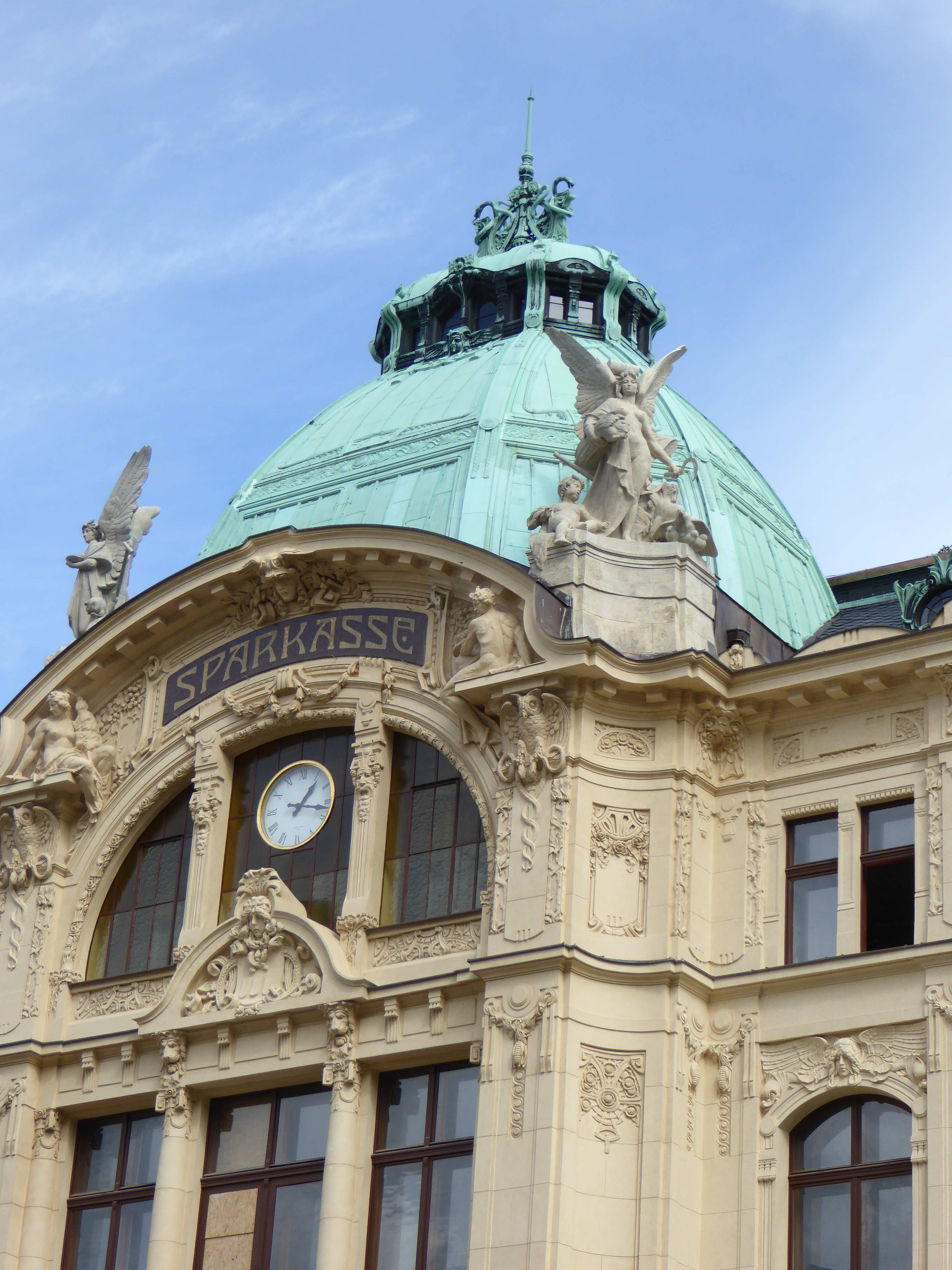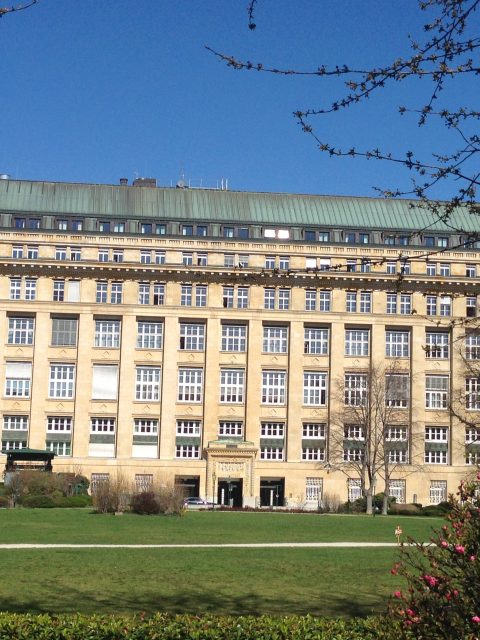
Austrian National Bank, Vienna, completed in 1925 by Ferdinand Glaser and Rudolf Eisler
The Euro was a grand experiment in real time much observed by economists. If you create a single currency you take away the two most important tools of governments to steer the economy, namely the exchange rate and the interest rate. In the first years the single currency system was working well, but that was no real test because there were no economic shocks. The first big shock was 2008 and all the fears of economists came true. Europe was not able to respond adequately.
Before the euro was created the question had to be posed: What are the conditions for a single currency? And unfortunately Europe did not satisfy any of those criteria. First, if there is a shock where regions are differently affected, is there true free labour mobility? In the US people move if there is not enough work in one region or state; there is no real identification with those places. That is totally different in Europe. Greece does not want an “empty” country with all the young moving to other parts of Europe. Second, there should not be too many economic differences for a single currency to work, but the idea was that the European countries would move more closely together with the euro and unfortunately that was a wrong assumption. The Maastricht criteria of 60% stock of debt and 3% flow of deficit should have moved the economies closer together, but there is no economic theory on these figures; they are completely arbitrary. On the contrary, there is evidence that even above 90% debt-GDP ratio there is no negative effect on growth. In the post-World War II years the US had 130% debt-GDP ratio and GB 250% and the Eisenhower administration reacted with an investment programme instead of an austerity programme, e.g. the GI bill which offered free higher education for everyone who needed it or the Highway bill with extensive investment in infrastructure or the R&D bill with government investment in scientific research. With these measures the debt GDP ratio went down to around 50% in a few years due to these governmental investments in human capital, infrastructure and science. Due to high economic growth rates these two countries got rid of their debt without any crisis.…
Read More
